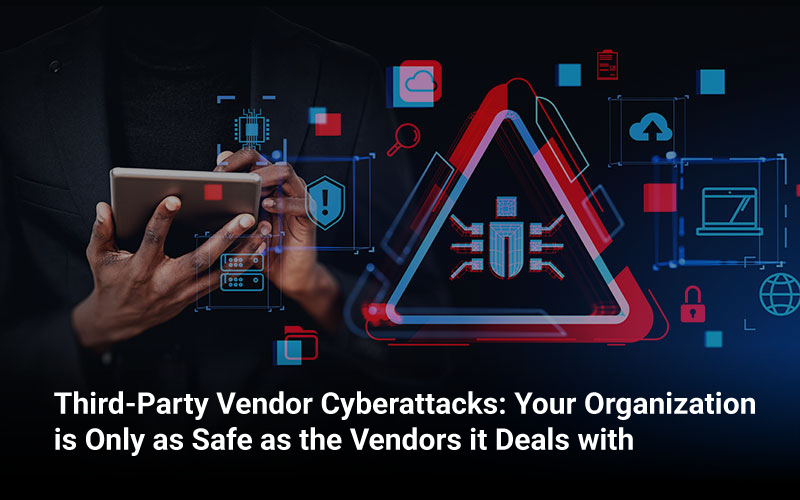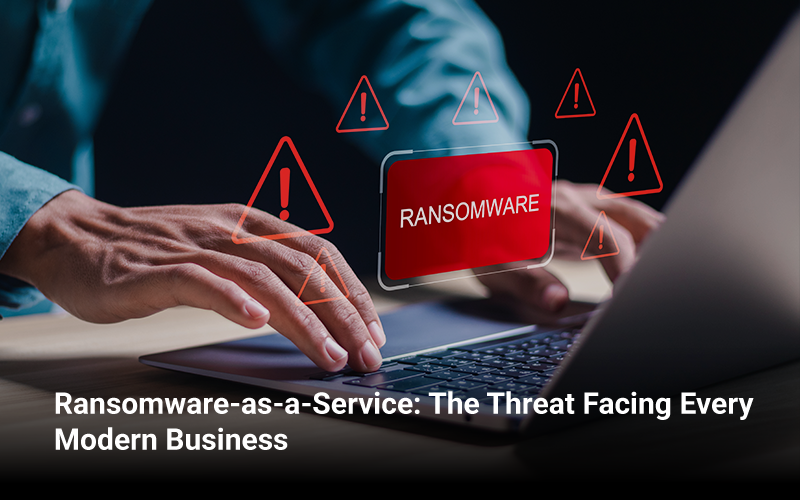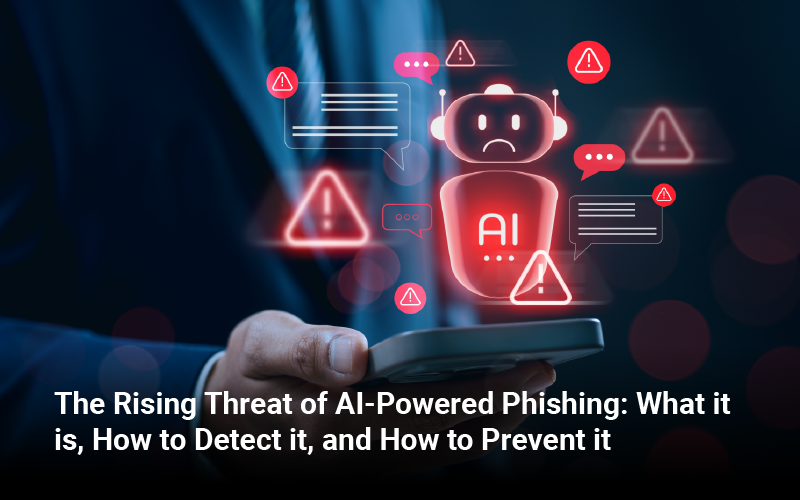An Introduction to IoT Networks and Devices
Let’s start with a simple question: How many internet-connected devices do you own? Most of you will begin to count things like your phone, smartwatch, laptop, smart TV, maybe even your thermostat or refrigerator. Before you know it, that number easily crosses ten. And when you consider the world’s growing population figures, you’ll see the enormous scale of the Internet of Things (IoT for short).
Thank you for reading this post, don't forget to subscribe!IoT is a term used to define the sprawling ecosystem of connected devices. It includes everything from personal gadgets to industrial sensors, all of which communicate, collect, and exchange data through the internet. IoT devices are making a profound impact on everyday human life.
However, the connectivity that underlies IoT also makes it vulnerable to exploitation by cybercriminals. Unlike traditional IT systems, IoT networks are designed with functionality as their primary goal, rather than security. And that’s how challenges arise.
The Unique Cybersecurity Requirements of IoT Networks and Devices
Securing IoT systems isn’t as straightforward as an antivirus software update or applying a security patch. IoT devices are unique because they tread the line between physical systems and digital networks. This duality introduces cybersecurity requirements that are different from those of laptops, servers, or smartphones.
- Limited computational resources: Most IoT devices lack the processing power to run advanced encryption algorithms or endpoint protection software, making them easy targets for cyberattacks that exploit weak authentication or unpatched vulnerabilities.
- Diversity and scale: IoT ecosystems can include numerous devices from different vendors, each with individual firmware and security standards. This results in compatibility issues that make centralized security management a formidable challenge.
- Long device lifespans: Many IoT devices, like smart meters or industrial sensors, are expected to run for years, sometimes decades. Unfortunately, security updates rarely keep pace with their operational lifespans. Once a device goes out of support, it becomes a permanent weak link.
- Continuous connectivity: IoT devices constantly communicate, often transmitting sensitive data in real time. A compromised node doesn’t just threaten its own functionality. It can serve as a gateway for attackers to infiltrate the broader network.
So, when we talk about IoT cybersecurity, we’re talking about defending a highly distributed, resource-constrained, and heterogeneous ecosystem. Traditional cybersecurity frameworks were not built for this scale or complexity. That’s why IoT demands a new security mindset, one rooted in resilience, automation, and continuous monitoring.
What are the Main Types of IoT Cyber Threats?
Let’s dive into the battlefield. What are the actual threats we’re defending against?
- Botnets and DDoS Attacks: One of the most infamous IoT-related attacks was the Mirai botnet in 2016. By exploiting thousands of insecure IoT devices, cybercriminals inflicted an enormous Distributed Denial of Service (DDoS) attack that affected major websites like Twitter and Netflix. Since then, IoT botnets have increased in potency. If multiple IoT devices are compromised, cybercriminals can leverage the collective bandwidth to carry out several targeted attacks simultaneously.
- Firmware Exploits and Backdoors: Many IoT devices ship with outdated firmware or hardcoded passwords. Attackers exploit these vulnerabilities to gain persistent access. Once inside, they can manipulate data, disrupt operations, or use the device as a pivot point to reach more sensitive systems.
- Man-in-the-Middle (MitM) Attacks: Because IoT devices often communicate over unsecured or weakly encrypted channels, attackers can intercept and alter data in transit. This can have devastating consequences. Imagine an attacker modifying sensor data in a smart grid or changing telemetry readings in a medical monitoring system.
- Data Privacy Breaches: IoT devices collect enormous amounts of personal and operational data, such as location, usage patterns, and even biometric data. A single breach can expose sensitive information that can be sold, manipulated, or used for identity theft.
- Physical Tampering and Side-Channel Attacks: Unlike virtual systems, IoT devices exist in the physical world. Attackers can physically access or reverse-engineer them to extract firmware, encryption keys, or proprietary code.
The Implications of IoT-Related Cybersecurity Failures
Let’s explore the real-world implications. When IoT systems fail, the fallout isn’t limited to data breaches or downtime. The consequences can extend to safety, privacy, and even national security.
Take healthcare as an example. A hacked insulin pump or pacemaker could endanger lives. In industrial settings, compromised IoT controllers can trigger physical accidents, halt production lines, or damage critical infrastructure. In smart cities, a cyberattack could disable traffic lights, disrupt power grids, or manipulate public surveillance feeds.
The financial implications are equally staggering. According to a 2024 IBM Security report, the average cost of an IoT-related data breach surpassed $4 million, with the average detection time exceeding 200 days. For small and mid-sized enterprises, such incidents are often fatal.
From a national security perspective, IoT vulnerabilities can be exploited for espionage or sabotage. In recent years, several governments have expressed concerns about foreign-manufactured IoT devices embedded in critical infrastructure, raising questions about backdoors and data sovereignty.
IoT failures don’t just impact individual organizations. They ripple across entire ecosystems. The more connected our world becomes, the more a single weak link can cause cascading disruptions.
If you’re keen on becoming an IoT-focused cybersecurity specialist, here’s why a bachelor’s degree in cybersecurity is essential.
Best Practices to Protect IoT Networks and Devices from Cyberattacks
Now that we’ve diagnosed the problem, let’s talk about defense:
- Start with Secure Design Principles
Security must be built in, not bolted on. During the development phase, follow the ‘Security by Design’ framework. This includes using secure boot mechanisms, ensuring code integrity, encrypting data storage, and enforcing strict access control policies. - Implement Strong Authentication and Access Control
Default credentials are glaring weak spots in IoT security. Consistently enforce multi-factor authentication and unique device identities. Role-based access control (RBAC) ensures that users and devices only access what they need, and nothing more. - Encrypt All IoT Data
Every IoT-based communication should be encrypted with updated cryptographic protocols. Specific lightweight encryption algorithms are designed solely for IoT environments, so stay current with these advancements. - Regularly Update and Patch Firmware
Outdated firmware is a significant vulnerability in IoT systems. Establish a secure and automated mechanism for delivering over-the-air (OTA) updates. If a device can’t be updated, it shouldn’t be on your network. - Network Segmentation and Zero Trust Architecture
Never assume trust. Adopt a Zero Trust approach where every device, user, and connection must continuously prove its legitimacy. Segment IoT devices from your core IT network. That way, if one device is compromised, the threat is contained. - Continuous Monitoring and Anomaly Detection
AI and ML can be powerful monitoring tools that flag suspicious usage patterns, unexpected device behavior, and unauthorized activities. Anomalies detected early can be isolated and rectified faster. - Establish Device Lifecycle Management
From procurement to decommissioning, manage every phase of a device’s lifecycle securely. When retiring a device, wipe its data completely and revoke all associated credentials or tokens. - Educate Users and Stakeholders
Never discount the cybersecurity consequences of human error. It’s essential to provide routine role-specific training for employees and end users. Cybersecurity awareness must be a core component of business culture, guiding everyday actions and decisions. - Collaborate and Stay Compliant
Follow established standards such as NIST’s IoT Cybersecurity Framework, ISO/IEC 27030, and ETSI EN 303 645. Engage in information sharing with other organizations through platforms like ISACs (Information Sharing and Analysis Centers).
Security isn’t a one-time implementation. It’s a continuous, evolving process. As adversaries evolve, so must we.
Conclusion: Cybersecurity and IoT Go Hand-in-Hand
We learned to insulate wires and regulate power systems to safeguard electricity grids. Similarly, we must learn to use cybersecurity to protect interconnected IoT environments. Without cybersecurity, the promises of IoT, namely efficiency, convenience, and intelligence, collapse under the weight of mistrust and vulnerability.
If you’re entering the field of cybersecurity, specializing in IoT security brings many exciting and high-growth career opportunities. IoT devices and networks will continue to spread, so the world will need enterprising cybersecurity professionals who understand that protecting the Internet of Things is ultimately about preserving the trust that connects us all.
At EC-Council University (ECCU), we’re nurturing cybersecurity professionals who are well-equipped to combat current and emerging threats to IoT security. Talk to an ECCU Advisor to find out how you can elevate your IoT security skills and knowledge.







